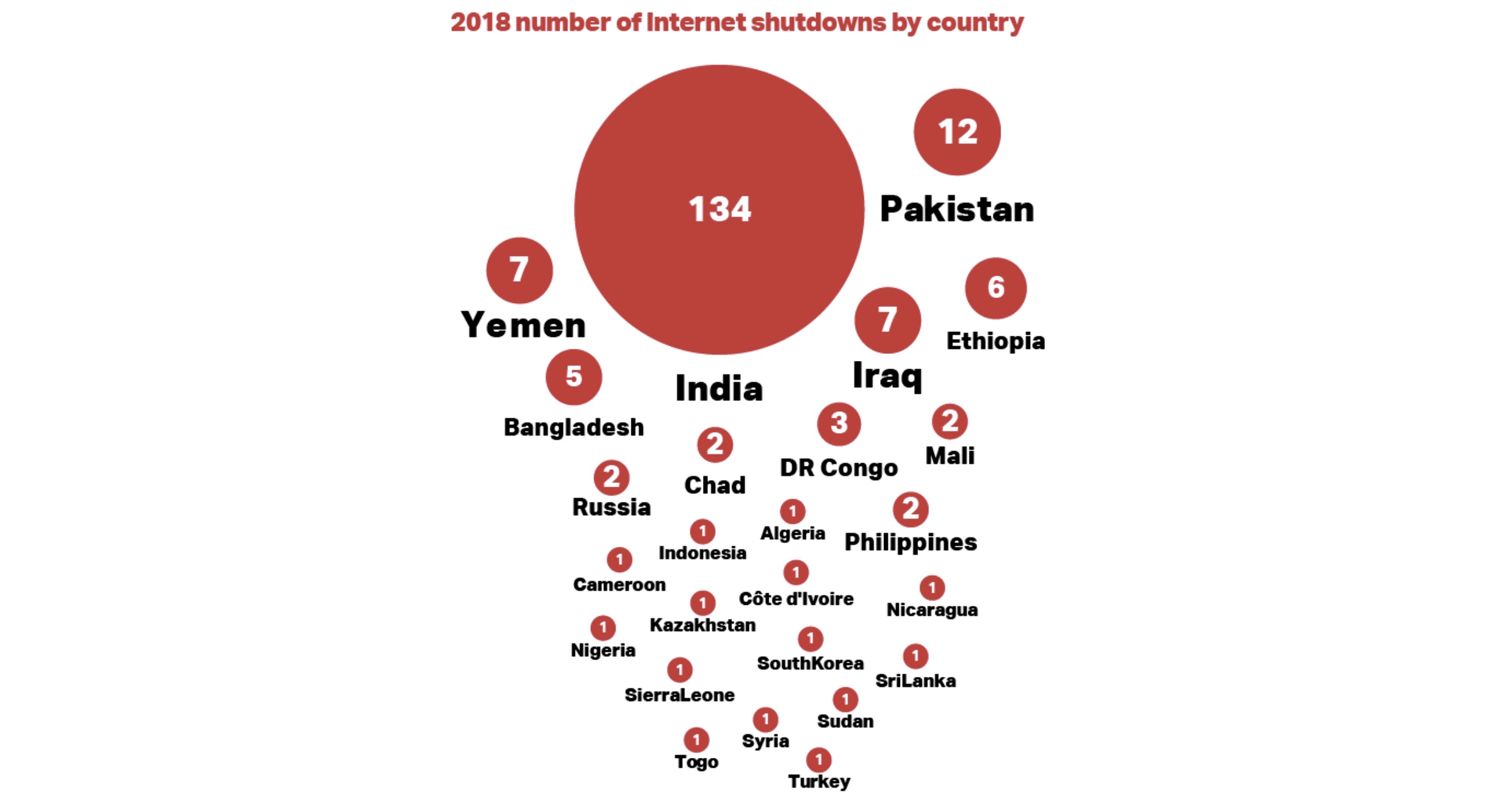Welcome to TechCrunch’s 2019 Holiday Gift Guide! Need help with gift ideas? We’re here to help! We’ll be rolling out gift guides from now through the end of December. You can find our other guides right here.
Remote working has become a new normal in the life of an employee. Spurred by ubiquitous broadband and mobile connectivity, lighter and smaller computers, and everything you need in the cloud, a lot of people have felt a lot less of a need to be in the same physical space as everyone else, day in day out, to get things done.
And yet, there remains a critical mass of people in and near big towns and cities who continue to commute.
For this guide, we’re focusing on commuters who eschew cars for all the obvious reasons — traffic, parking, gas costs, and more traffic — and instead opt for buses, trains, subways and bikes to travel to their “offices” — be they actual offices, or cafes or other workspaces — on a regular or semi-regular basis.
Daily commutes around most of the world’s metro areas can stretch into more than an hour per day on average, according to research from Moovit. In other words, these are presents that go to the heart of how your special people spend significant chunks of their days, weeks, months and years.
This gift guide is to help make that time more well spent.
These products are the epitome of the genre-crossing, “prosumer” lives many of us seem to live today: they straddle the worlds of practicality and of fun, presents that might help them work during their commute, or get their minds off work, or to make their work trip a little safer or easier. Happy shopping (and hopefully, happier commuting).
This article contains links to affiliate partners where available. When you buy through these links, TechCrunch may earn an affiliate commission.
Smart bike lights

There’s been a big shift in these over the last decade or so. The bike lights of yesterday were barely-visible front and rear lights, semi-permanently attached to your handlebars and backseat, powered by batteries that always seemed to run out. Today, you can buy much brighter LED-based lights, which work on USB chargers to keep doing their job and easily attach and detach wherever you choose to buckle them.
Smart lights are the next gear up on that trajectory, with app-based controls and so.much.more. UK company See.Sense’s version packs a strong punch: on top of the being brighter, easier to remove and recharge, the lights link up with an app to alert you when someone appears to be stealing your bike, and they sense when you are cycling faster and slower and blink more rapidly when there’s more traffic to make sure the cyclist is better seen. The downside is that hills won’t be the only steep thing on your horizon.
Price: $120 on Amazon for a Front/Rear set
Bike-mounted speaker
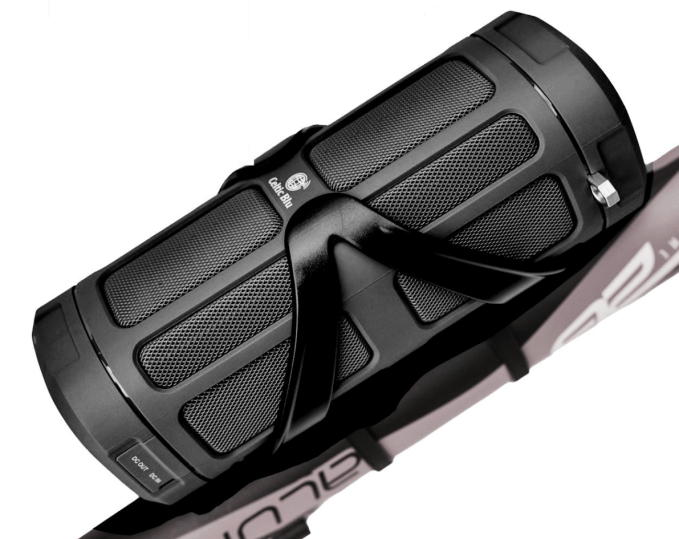
A worrying number of cyclists get around the streets with headphones in their ears to pick up navigation instructions, listen to music or podcasts, or talk on the phone. This is not ideal, though, as it means they cannot fully hear the noise of traffic in their midst. A bike-mounted speaker is a way to let the rider continue to listen to their audio, but not at the detriment of hearing other important traffic noises.
This Celtic Blu speaker is one of the more fancy of the dozens of bike speakers that are on the market today. Alongside the basics of offering a Bluetooth connection to play music or other media from your phone and being waterproof, it doubles as a charging bank for other devices, can work as a microphone to take calls, and has an additional set of controls that you access from the handlebars to adjust sound, answer calls and other actions more safely. The downside is that it’s one of the bigger of the speakers, potentially taking up space you migh have mounted a water bottle.
Price: $80 on Amazon
Streaming, podcast or audiobook gift cards
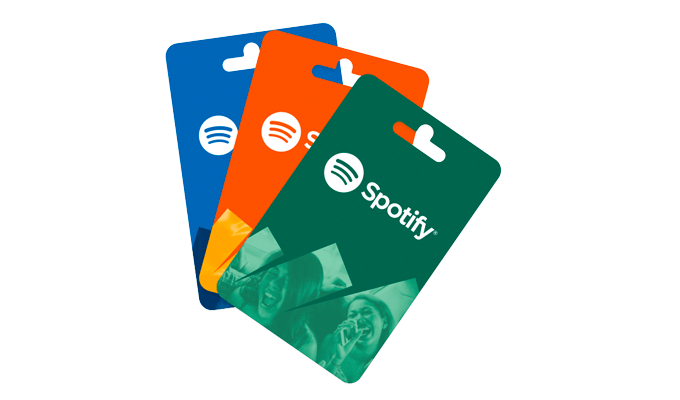
Streaming services from Spotify, Apple, Amazon and others have been growing in ubiquity by leaps and bounds, but if your commuter isn’t already subscribing to one of these, or if they’re only using the free tier, giving them a chance to test out the premium service with a giftcard could be a welcome present. It can also be one to personalise: find a mix of podcast programs you think your commuter might like to hear, or pick out a selection of books for the listening, to give alongside the card. (See some book recommendations here and here.)
Price: Audible starts at $15/month; Spotify Gift Cards are widely available from retailers including Amazon.
Wireless ear buds and headphones

I personally worry about how safe these are for cycling, so I won’t endorse them for bike usage. But they have quickly become one of the must-haves for commuters on other transportation modes who are mad as hell about tangled cords and not going to take it anymore. Apple’s Air Pods Pro, at $249, are a noticeable improvement on the previous generation of their wireless buds, and the world has noticed: they have been a huge sell-out success, with orders now only shipping in January. There are dozens of others now on the market if you don’t want to wait, or pay the premium to own an Apple product.
Price: Airpods Pro, $249 on Amazon | For a more classic (and cheaper) headphone style, try these from Sony.
E-Reader

No, not everyone has one of these. Yes, they are still a huge seller for Amazon, underscoring their enduring popularity. We like the Kindle Paperwhite (pictured above) or the Kindle Oasis, the latter of which is around $145 more but brings in a bigger screen, an adjustable-warmth backlight, and physical page turning buttons.
Read some of our book recommendations here.
Price: Kindle Paperwhite, $105 on Amazon | Kindle Oasis, $250 on Amazon
Panniers
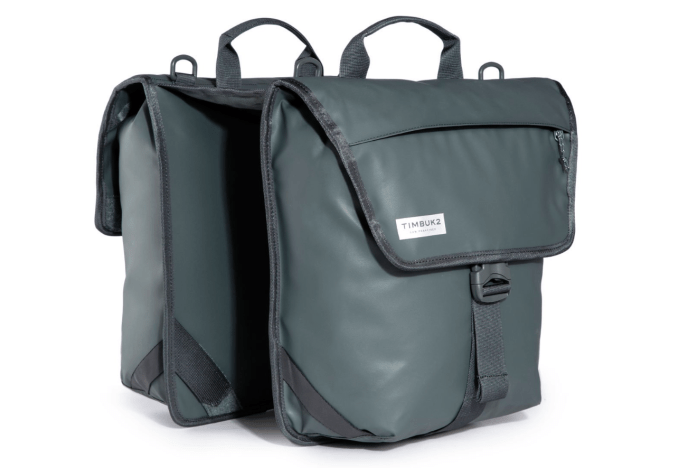
I’m a bike commuter myself and have been toughing it out (literally and figuratively) with a pair of Ortlieb Back-Roller Classics for years. These monsters are so durable that the set I have now are as old as my oldest child (14) and they still look nearly new.
But I’m going to be honest. They’re not beautiful, and even with two inside pockets, they can be hard to peer inside when you’re looking for something smallish. (The blood has rushed out of my hands more than once thinking I’d somehow lost my wallet or phone, only to find them deep down inside the bag.)
The cool thing is that there is now a huge range of options on the market for new bags, whether you want them for leisurely use, for work commuting, for a fashion statement, to make them easier to carry when you’re off your bike, or all of the above.
Arkel’s bag is laptop-focused (but sells as a single); Timbuk2 (pictured above) if you’re after a “tandem” style; and if you are looking for a stylish pannier to replace purely functional ones used by your commuter, you can consider the Norfolk model from Brooks or the Sac from Linus.
Price: Arkel Commuter bag, $189 | Timbuk2 Tandem bag, $129 on Amazon | Brooks Norfolk, $120 on Amazon | Linus Sac, $70
Activity tracker
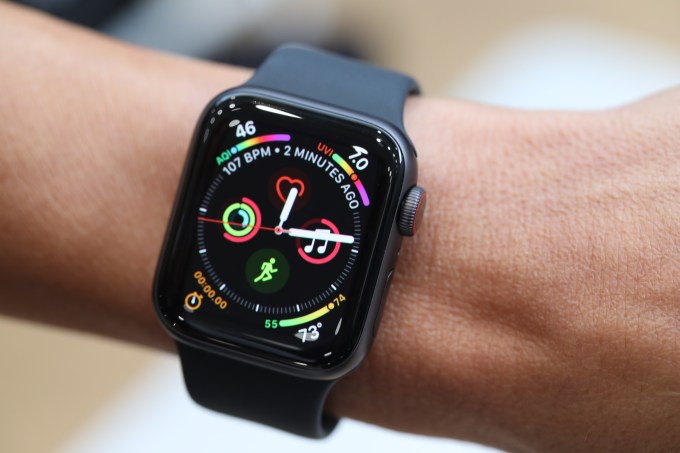
These are not just for the people who cycle, run or walk to work. While a lot of a commuter’s journey might take place sitting or standing on public transportation, there is actually quite a bit of walking that comes at the start and finish of the route. A good activity tracker can help a person track how they rack up the miles and feel a little better about all the hours they subsequently spend sitting at a desk.
You can go for a premium Apple Watch starting at around $400, or you can opt for a basic Fitbit at under $100.
Price: Apple Watch, from $384 on Amazon | Fitbit Inspire, $80 on Amazon
Privacy Screen

Borrowing one from Zack, who has a much more extensive list of privacy-related gifts, to draw one out for those who pull out their laptops during their morning commutes, whether it’s to work or do something else. Whatever it is: wandering eyes sitting nearby can see what you’re doing. A special screen that blocks all angular views except straight on in front on the machine is a good way to keep the nosey parkers out of your business.
Price: Around $17 on Amazon.
Touchscreen gloves

Not strictly (nor even loosely) a gadget, but something that will help you keep using your screen-based companions as the weather turns cooler. You can buy beautiful leather, cashmere-lined versions of these; or you can buy them in acrylic. You can go colourful or stay basic in black. People lose or rip gloves all the time, so even having an extra pair is not a bad thing.
Price: Downholme Leather/cashmere gloves, $60 on Amazon here | knit gloves (a little more modest but still perfectly good), $8 on Amazon.

Source: Tech Crunch
















